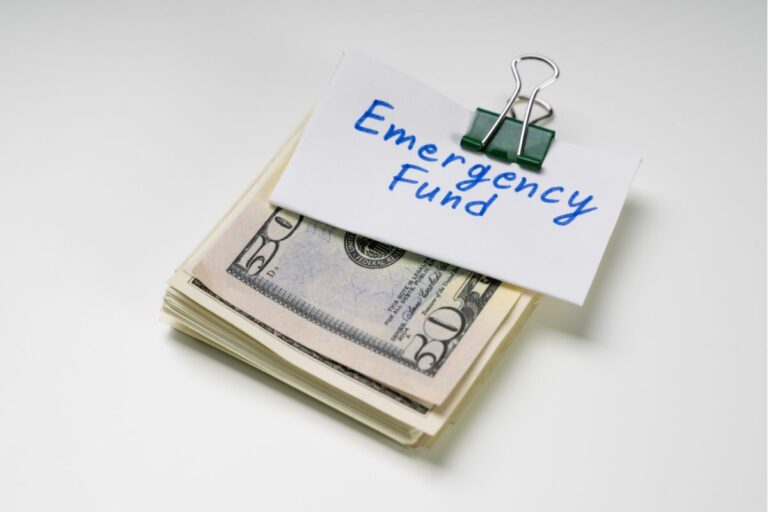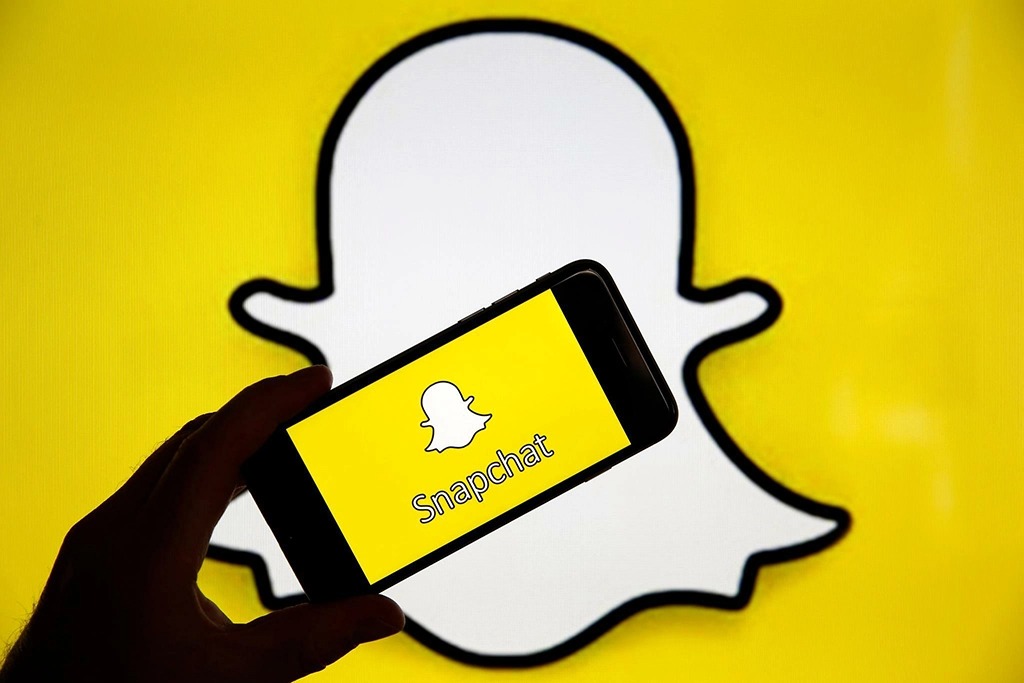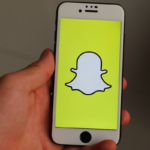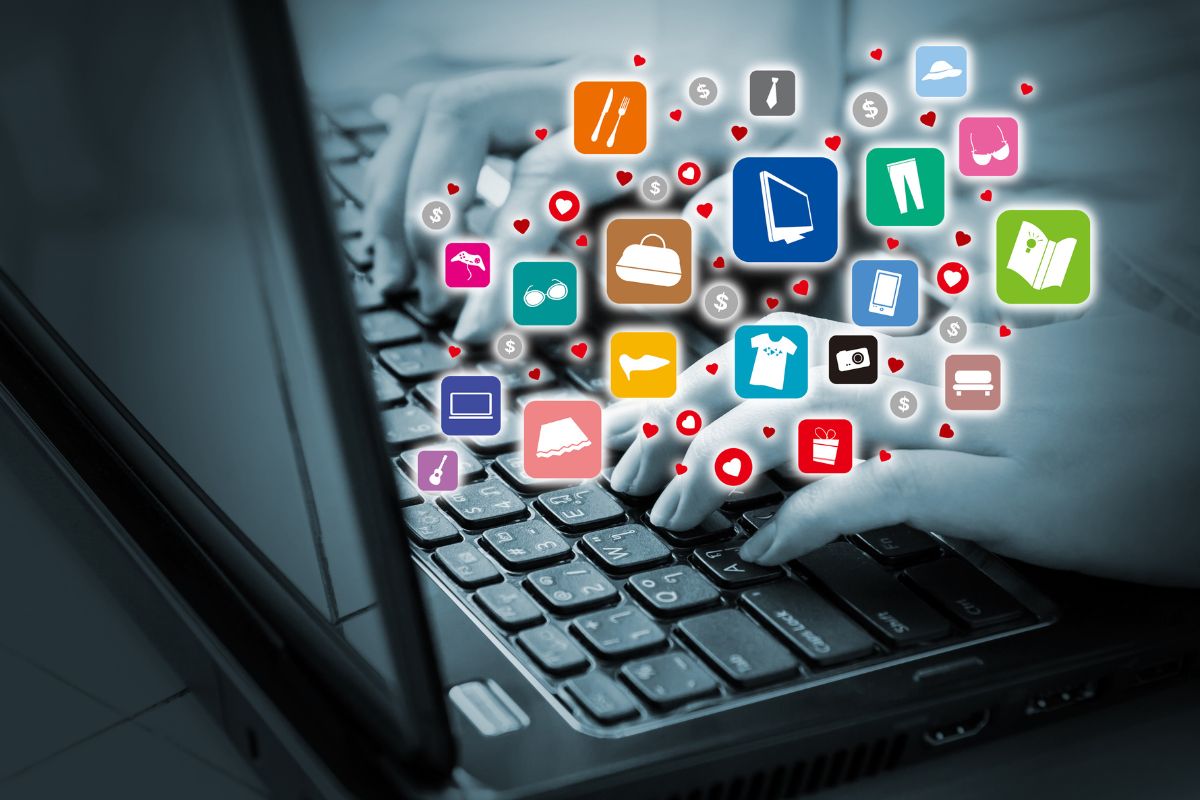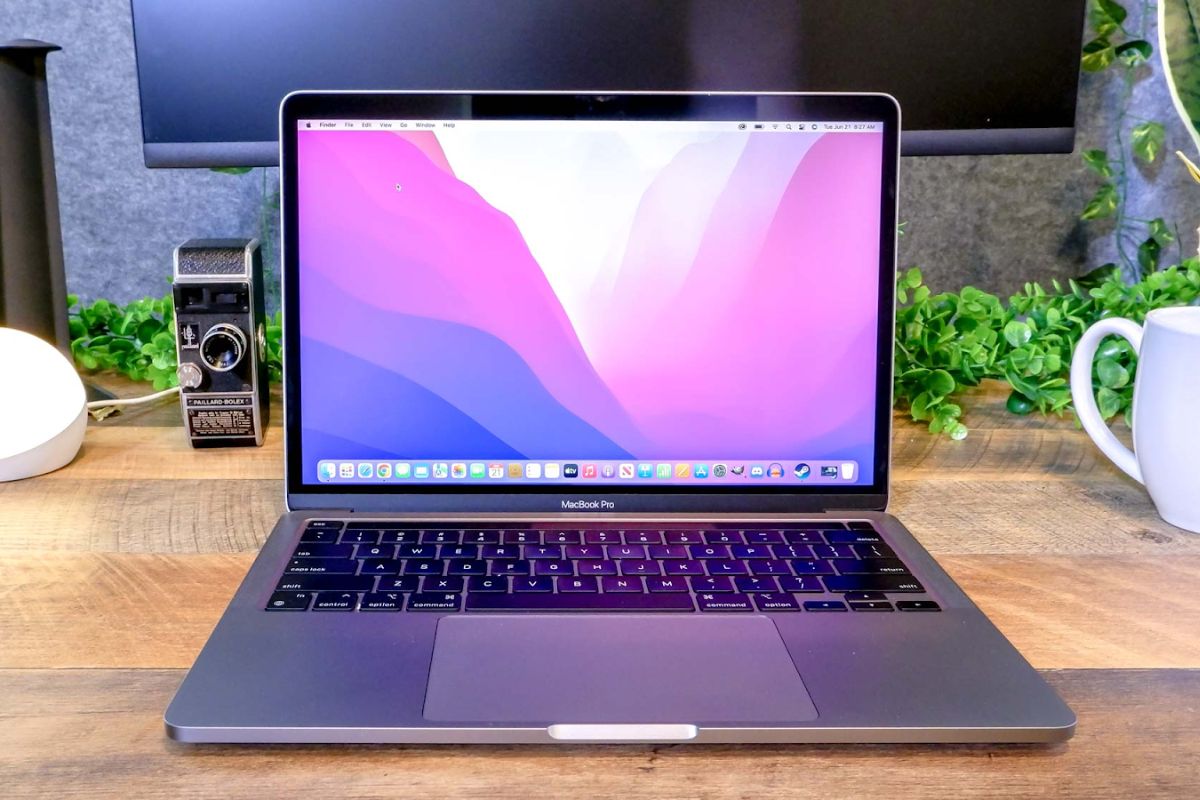Are you curious about what does DW mean Snapchat?
If you’re new to the app or social media in general, you might be wondering what this acronym stands for.
DW is a common abbreviation used in text messaging, but it has taken on a specific meaning within the context of Snapchat.
In short, DW on Snapchat means “Don’t Worry.”
This slang term is often used to reassure someone that everything is okay and there’s no need to stress.
Whether you’re chatting with friends or following your favorite celebrities, you’re likely to come across this abbreviation at some point.
But what are some other contexts in which DW might be used on Snapchat?
Let’s take a closer look.
One common use of DW on Snapchat is to calm someone down when they’re feeling anxious or worried.
For example, if your friend is nervous about an upcoming exam or job interview, you might send them a message saying “DW, you’ve got this!” The abbreviation can also be used to dismiss someone’s concerns or complaints.
If someone is venting to you about a problem that you don’t think is a big deal, you might respond with a simple “DW about it.”
Post Contents
Understanding Snapchat
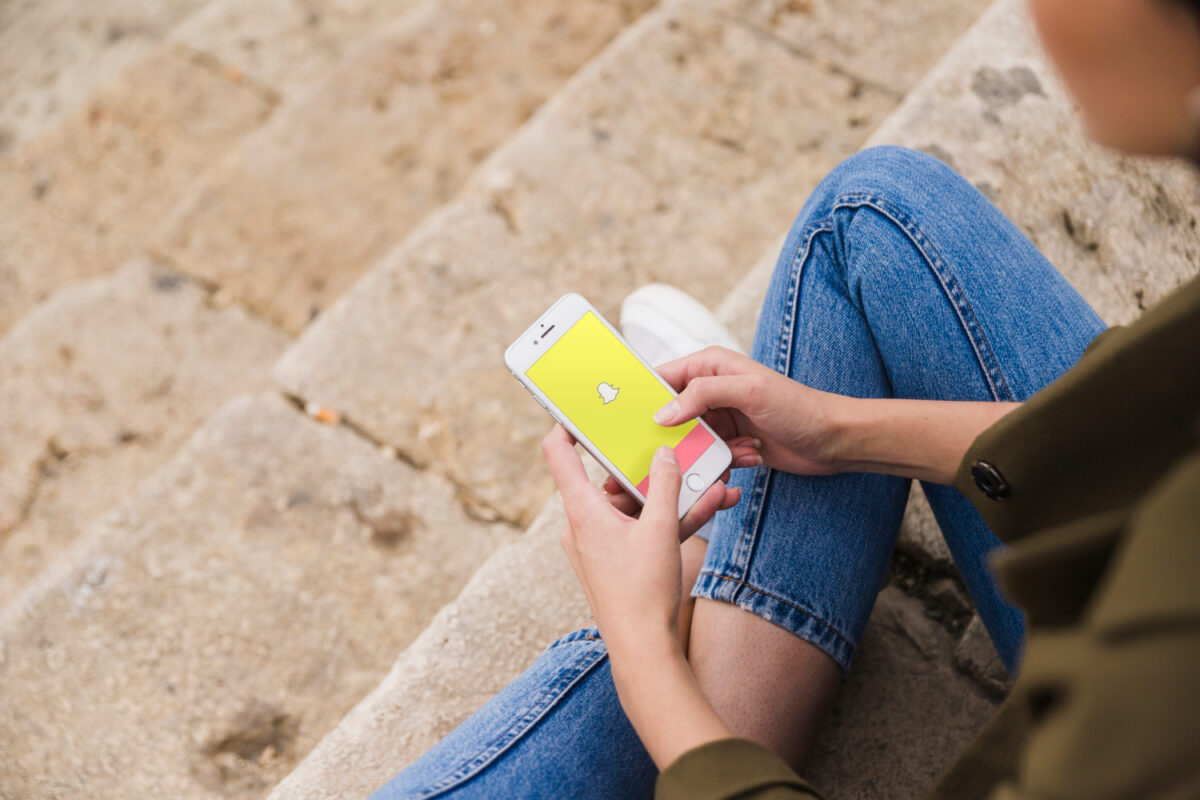
Snapchat is a popular social media app that allows you to share photos and videos with your friends.
It’s a great way to stay connected with people and share your daily life.
Here are a few things you need to know about Snapchat:
App
Snapchat is available for both iOS and Android devices.
You can download it for free from the App Store or Google Play.
New Users
When you first open Snapchat, you’ll need to create an account.
You can do this by entering your name, email address, and creating a password.
Once you’ve created an account, you can start adding friends and sharing photos and videos.
Photos and Videos
Snapchat is all about sharing photos and videos.
You can take a photo or video using the app’s camera, or you can upload a photo or video from your camera roll.
Once you’ve taken a photo or video, you can add filters, text, and other effects to it.
Snaps
When you share a photo or video on Snapchat, it’s called a Snap.
Snaps are only available for a limited time, usually between one and ten seconds.
After that, they disappear forever.
Filters
Snapchat has a wide range of filters that you can use to add some fun to your Snaps.
There are filters that add bunny ears and noses to your face, filters that make your voice sound like a chipmunk, and filters that change the color of your eyes.
In conclusion, Snapchat is a fun and easy way to stay connected with your friends.
With its wide range of filters and effects, you can add some personality to your photos and videos.
Whether you’re a seasoned Snapchat user or a newcomer, there’s always something new to discover on the app.
What Does DW Mean on Snapchat
If you are an avid Snapchat user, you might have come across the acronym DW.
DW is a popular slang term used on Snapchat and other messaging platforms.
It is an abbreviation for “Don’t Worry.”
DW is often used to reassure someone that everything is going to be okay and that they should not worry about something.
For instance, if your friend is freaking out about an upcoming exam, you can send them a snap with the message “DW, you got this!” to calm them down.
The term DW is not limited to this meaning alone.
It can be used in different contexts based on the conversation.
For example, if someone asks you if you are okay, you can reply with “DW, I’m fine.”
In this context, DW means “Dear Wife” instead of “Don’t Worry.”
It is essential to note that DW is just one of the many acronyms used in the online world.
It is part of the internet slang that is commonly used by millennials and Gen Z.
If you are new to online messaging, it can be challenging to keep up with the latest slang and acronyms.
Common Snapchat Text Slangs
When it comes to communicating on Snapchat, there are a lot of text slangs that you might come across.
Knowing what these slangs mean can help you understand what your friends are saying and make your conversations more fun and engaging.
Here are some of the most common Snapchat text slangs you should know:
- TBH: Short for “to be honest,” this slang is usually used when someone wants to express their true feelings about something or someone.
- AFK: This stands for “away from keyboard” and is used to let someone know that you won’t be able to respond to their messages for a while.
- NGL: This means “not gonna lie” and is used when someone wants to be honest about something without sounding too harsh.
- TLDR: Short for “too long, didn’t read,” this slang is used to indicate that someone hasn’t read a long message or article.
- FTW: This stands for “for the win” and is used to express enthusiasm or excitement about something.
In addition to these common slangs, there are also a lot of Snapchat-specific text slangs that you might come across.
Here are some of the most popular ones:
- DW: Short for “don’t worry,” this slang is used to reassure someone that everything is okay.
- IRL: This stands for “in real life” and is used to differentiate between online interactions and real-life interactions.
- STREAKS: This refers to the Snapchat feature where you and a friend send snaps back and forth for consecutive days, building a “streak” of snaps.
Knowing these text slangs can help you better understand your friends and have more fun conversations on Snapchat.
So next time you see one of these slangs, you’ll know exactly what it means!
The Origin of Slang Terms
Slang terms have been around for ages, and they are an integral part of our language.
They are informal words or phrases that are used in place of standard words to convey a particular meaning.
Slang terms often come and go quickly, and new ones are invented every day.
The origin of slang terms can be traced back to early internet forums and chat rooms.
People used slang terms to communicate quickly and efficiently, without having to type out long sentences.
As online forums became more popular, so did slang terms.
They were used to express emotions, convey sarcasm, and even insult others.
Over time, slang terms have become more mainstream, and many have made their way into everyday language.
For example, terms like “LOL” and “OMG” were once only used online, but now they are commonly used in spoken language as well.
One of the most popular slang terms used today is “DW,” which stands for “don’t worry.”
It is used to reassure someone that everything is okay and that they should not worry about a particular situation.
The term has become popular in online forums, chat rooms, and social media platforms like Snapchat.
In addition to its use in online communication, DW has also taken on a different meaning in the context of married couples.
In this context, it can stand for “dear wife” or “darling wife.”
This usage is far less prevalent than the “don’t worry” meaning, but it is still worth noting.
Contextual Use of DW
DW or “Don’t Worry” is one of the most commonly used acronyms on Snapchat, text messages, and social media platforms.
Its usage, however, varies greatly depending on the context it is employed.
In most cases, DW is used to reassure someone that everything is okay and that they should not worry.
For instance, if your friend is anxious about an upcoming exam, you can send them a message saying “DW, you got this!” to provide reassurance and calm them down.
Similarly, if someone is venting about a problem they are facing, you can use DW to let them know that you understand their situation and that they should not worry too much about it.
However, DW can also be used sarcastically or in a dismissive manner.
For example, if someone is complaining about a trivial issue, you can use DW to imply that they are overreacting and that they should not worry about something so insignificant.
It is important to note that the tone and context of the conversation can greatly affect the meaning of DW.
In some cases, it may be necessary to use additional words or phrases to provide clarity and avoid misunderstandings.
DW in Other Platforms
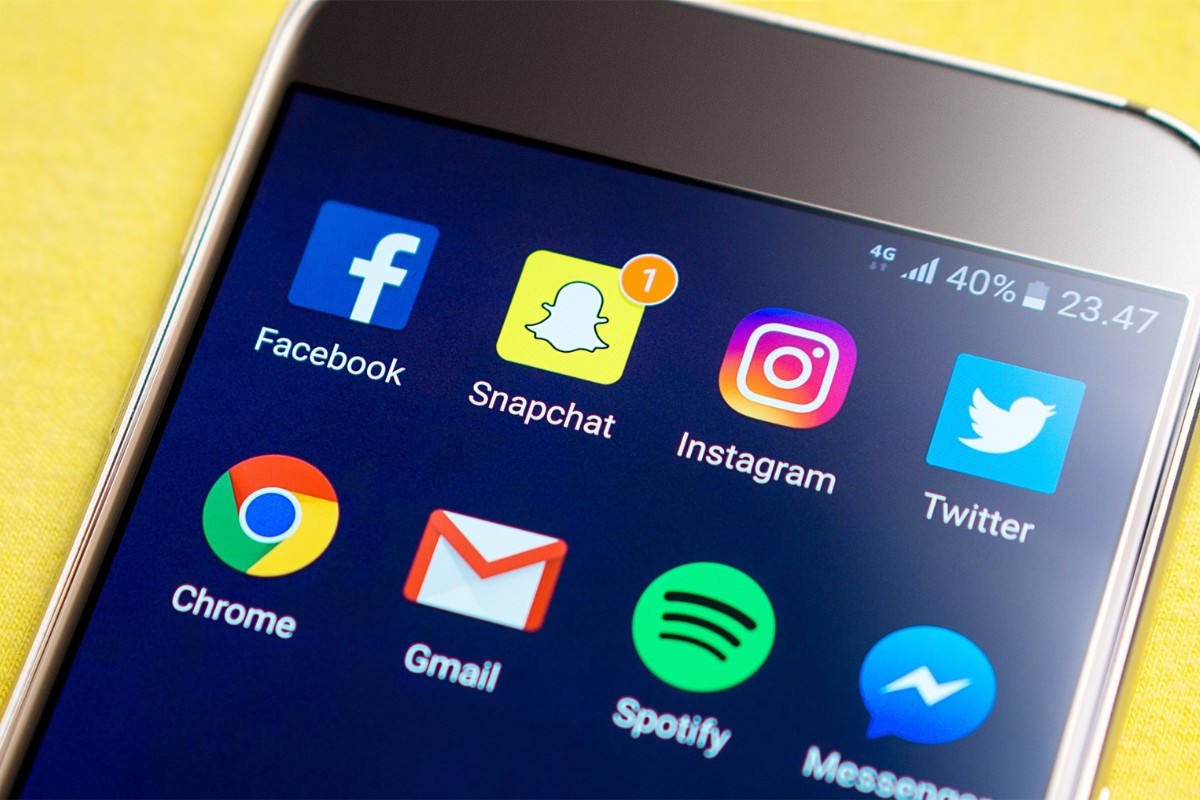
DW is not just limited to Snapchat.
It is a widely used abbreviation across various social media platforms and chat applications.
Here’s how it is used on different platforms:
On Facebook, DW is often used in the same way as on Snapchat and other platforms.
It stands for “don’t worry” and is used to reassure someone that everything is fine.
It can be used in comments, messages, and status updates.
Instagram is another platform where DW is used frequently.
It is often used in the comments section to tell someone not to worry about something.
It can also be used in direct messages to reassure someone that everything is going to be okay.
On Twitter, DW is used in a similar way as on other platforms.
It is used to tell someone not to worry about something.
It can be used in tweets, direct messages, and replies.
Social Media
DW is a common abbreviation used across various social media platforms.
It is often used to reassure someone that everything is going to be okay and that they shouldn’t worry about something.
Chat Apps
DW is widely used in chat applications like WhatsApp, iMessage, and Facebook Messenger.
It is used to tell someone not to worry about something and that everything is going to be okay.
It can be used as a standalone message or paired with other phrases.
DW in Different Scenarios
When you’re chatting with your friends on Snapchat, you might come across the acronym “DW” quite often.
It’s a versatile term that can be used in a variety of situations.
Here are some common scenarios where you might see “DW” on Snapchat:
Selfies
If you send a selfie to your friend and they respond with “DW,” it’s likely that they’re telling you not to worry about how you look.
They might be reassuring you that you look great, or that they don’t mind if you’re not wearing makeup or have messy hair.
No-Makeup Look
Similarly, if you’re sending a snap to your friend without any makeup on, they might respond with “DW” to let you know that you still look good, even without your usual beauty routine.
Sunsets
If you’re sharing a snap of a beautiful sunset, your friend might respond with “DW” to let you know that they’re not jealous or upset that they’re not there to see it with you.
They might be saying that they’re happy for you and enjoying the view through your snap.
Quarantine Life
During the COVID-19 pandemic, many people are spending more time at home and feeling anxious or stressed.
If you’re sharing a snap about your quarantine life, your friend might respond with “DW” to let you know that they’re not judging you or expecting you to have everything together.
They might be saying that they understand and support you.
Understanding Online Acronyms
Online communication has its own set of acronyms, abbreviations, and slang terms that can be confusing to those who are not familiar with them.
These terms are commonly used in text messages, social media posts, and online chats.
If you are new to online communication, it is essential to understand these terms to avoid any misunderstandings.
Acronyms, Abbreviations, and Initialisms
Acronyms, abbreviations, and initialisms are all shortened forms of words or phrases.
Acronyms are formed by taking the first letter of each word in a phrase and creating a new word.
For example, ASAP stands for “as soon as possible.”
Abbreviations are shortened forms of words, such as Mr. for Mister.
Initialisms are similar to acronyms but are pronounced one letter at a time, such as FBI for Federal Bureau of Investigation.
Online Acronyms and Slang Terms
Online acronyms and slang terms are commonly used in online communication.
They are often used to save time and space when typing messages.
Some of the most common online acronyms and slang terms include:
- LOL: Laugh out loud
- BRB: Be right back
- TTYL: Talk to you later
- ROFL: Rolling on the floor laughing
- SMH: Shaking my head
- BTW: By the way
- IDK: I don’t know
- IMO: In my opinion
Standard Slang Terms
In addition to online acronyms and slang terms, there are also standard slang terms that are commonly used in online communication.
These terms are often used to express emotions or to describe something in a more casual way.
Some of the most common standard slang terms include:
- Lit: Awesome or exciting
- FOMO: Fear of missing out
- Bae: Significant other or crush
- YOLO: You only live once
- Squad: Group of friends
The Evolution of Text Slang
Text slang, also known as SMS language or textese, has evolved over the years.
It started with the advent of text messaging in the 1990s and has since become a ubiquitous part of digital communication.
Here’s a brief look at how text slang has evolved:
- Early days of texting: In the early days of texting, people had to pay per message, so they used text slang to save money. This led to the creation of abbreviations like “u” for “you” and “r” for “are.” Texters also used uppercase letters to emphasize words, such as “LOL” for “laugh out loud.”
- Instant messaging: With the rise of instant messaging (IM) platforms like AOL Instant Messenger and MSN Messenger, text slang became even more prevalent. People could chat in real-time, so they needed to type quickly. This led to the creation of even more abbreviations, such as “brb” for “be right back” and “ttyl” for “talk to you later.”
- Text messaging: As text messaging became more popular, people started using text slang in everyday communication. This led to the creation of new abbreviations, such as “omg” for “oh my god” and “lolz” for “laugh out louds.”
- Obsolete text slang: Some text slang has become obsolete over time. For example, “POS” used to mean “parent over shoulder,” but now it’s more commonly used to mean “piece of shit.” Similarly, “ASL” used to mean “age, sex, location,” but now it’s rarely used.
- Uppercase vs. lowercase: In the early days of text slang, people used uppercase letters to emphasize words. Now, people tend to use lowercase letters more often. This is partly because smartphones have autocorrect features that automatically capitalize words.
Text slang has come a long way since the early days of texting.
While some abbreviations have become obsolete, others have become a ubiquitous part of digital communication.
Whether you’re texting, instant messaging, or using social media, text slang is here to stay.
Key Takeaways
If you’re new to Snapchat or just trying to keep up with the latest lingo, understanding what DW means is important.
Here are some key takeaways to keep in mind:
- DW stands for “Don’t Worry” and is commonly used on Snapchat to reassure someone or tell them not to stress about something.
- While there are some other possible meanings for DW, such as “Dear Wife” or “Distant Worlds,” the context of Snapchat conversations usually makes it clear that “Don’t Worry” is the intended meaning.
- DW is a casual term and is not typically used in professional or formal contexts.
- If you’re interested in space exploration, you might be familiar with the video game Distant Worlds 2. However, this has no direct connection to the use of DW on Snapchat.
- When viewing Snapchat stories or chatting with friends, you may encounter DW and other slang terms. It’s always a good idea to ask for clarification if you’re not sure what someone means.


